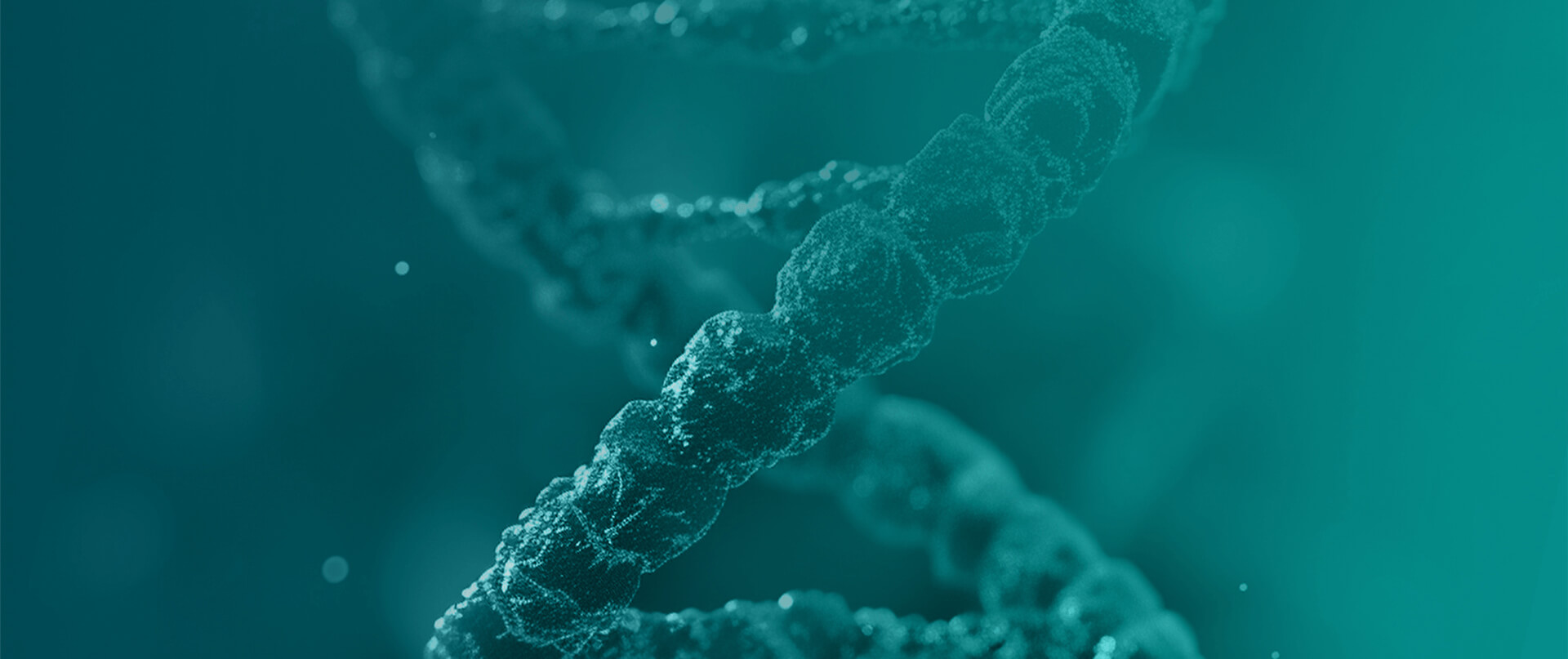
Let me take you on a delightful journey into the world of dna genetic engineering! A few months ago, I attended an exciting conference where scientists and innovators gathered to share their groundbreaking research. One presentation that truly captivated my attention was about how DNA manipulation can enhance transportation attributes. Imagine a future where engineered organisms could safely transport hazardous materials while minimizing risks—this is not just science fiction; it’s becoming our reality!
The Marvels of DNA Genetic Engineering: Transforming Transportation
DNA genetic engineering is revolutionizing various fields, including transportation. By modifying the genetic makeup of certain organisms, we can create bioengineered solutions that improve safety and efficiency when transporting hazardous materials. These advancements are crucial as they align with Hazardous Materials Transportation Regulations (HMTR), ensuring compliance while enhancing public safety. The ability to engineer microorganisms capable of breaking down toxic substances during transit opens up new avenues for safer logistics.
Diving Deeper: DNA Editing Technology and HMTR Compliance
When we delve into dna editing technology, its implications for Hazardous Materials Transportation Regulations become even more fascinating. Techniques like CRISPR allow us to precisely edit genes in living organisms, enabling them to perform specific tasks such as detoxifying harmful substances or detecting leaks in containers carrying dangerous goods. This precision not only enhances safety but also ensures adherence to stringent regulations set forth by governing bodies overseeing hazardous material transport.
Synthetic Biology’s Role in Enhancing Safety Standards
Synthetic biology (Synbio) plays a pivotal role within the framework of Hazardous Materials Transportation Regulations as well. By designing custom biological systems from scratch or reprogramming existing ones, Synbio offers innovative solutions for managing hazardous materials effectively. For instance, engineered microbes can be deployed to monitor environmental conditions during transportation or neutralize spills before they escalate into disasters—all while complying with regulatory standards aimed at protecting human health and the environment.
A Joyful Conclusion: Embracing Innovation for Safer Transport

In conclusion, embracing DNA genetic engineering within the realm of Hazardous Materials Transportation Regulations presents an exhilarating opportunity for innovation and enhanced safety measures. As we continue exploring these scientific frontiers together, it’s clear that our collective efforts will lead us toward a future where transporting potentially dangerous materials becomes significantly safer through advanced biotechnological solutions!

